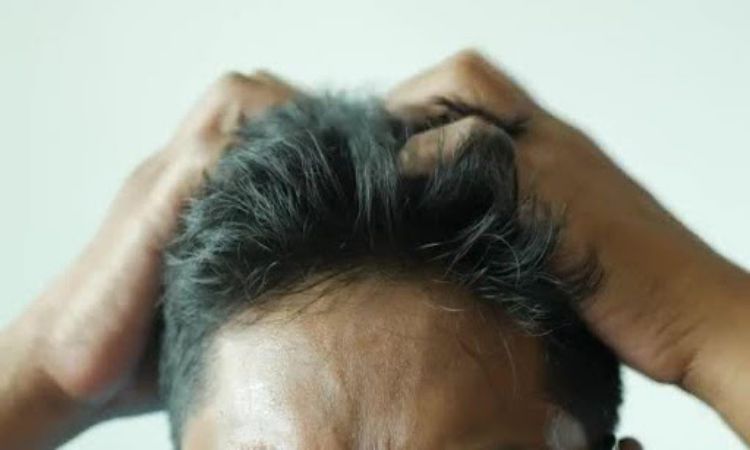 Introduction
Introduction
Hair follicles are surgically removed from the donor location and transplanted onto the recipient site during a hair transplant (recipient site). This procedure is designed to help restore natural-looking hair growth and is often used to treat baldness, thinning hair, or areas where there has been significant hair loss. It can also be used to improve the appearance of scars or areas that have been over-plucked or shaved. The results of a successful transplant can last for years and help restore confidence in those who have experienced hair loss due to genetics, aging, illness, or other factors.
Benefits of Hair Transplants
Fue hair transplant in Singapore is a popular and effective way to restore hair loss. This procedure involves transferring healthy hair follicles from one part of the scalp to another, giving the patient a fuller head of hair. Hair transplants can be used to treat male and female pattern baldness, alopecia areata, or any form of permanent hair loss. Not only do they offer aesthetic benefits, but there are also many medical benefits associated with this cosmetic procedure.
The first benefit is that it’s a relatively simple and painless procedure. Hair transplantation does not require any type of major surgery or long hospital stays. It is typically done on an outpatient basis in the doctor’s office using local anesthesia so patients don’t feel any discomfort during the operation itself. In addition, recovery time is usually very quick – some patients may even be able to return back to work within 48 hours after receiving their treatment!
Another benefit is that results tend to last longer than other types of treatments for hair loss like medications or topical creams which need regular use in order for them to remain effective over time. Hair transplants are completely permanent solutions since they replace lost hairs with new hairs that grow naturally in the same way as normal ones.
Risks and Side Effects Associated with Hair Transplants
Hair transplants are a popular and effective treatment for hair loss. While it is generally safe and effective, there are some risks and side effects associated with the procedure that you should be aware of before deciding to pursue a hair transplant.
The most common risk associated with a hair transplant is scarring. Most people don’t experience any noticeable scarring from the procedure, but in some cases, scarring can occur. This will usually heal over time, but if it is severe enough it may require further treatment to reduce its appearance.
Infection is also a possible side effect of a hair transplant. This can occur if proper aftercare instructions are not followed or if the surgical area isn’t kept clean and dry during healing. If an infection does develop, antibiotics may be prescribed to treat it. In rare cases, more serious complications such as sepsis can occur as well.
Another potential side effect of hair transplants is shock loss or shedding of the newly transplanted hairs due to stress on the follicles from the procedure itself or due to improper care after surgery. Shock loss usually resolves within 6-12 months after surgery when new hairs begin to grow again normally.
 Conclusion
Conclusion
In conclusion, a hair transplant is a great choice for those looking to restore their hairline or improve the thickness of their natural hair. With advancements in technology and more experienced surgeons, it is becoming increasingly safe and reliable. While it is not a perfect solution for everyone, the success rate and satisfaction rate of those who have received a hair transplant are extremely high. Ultimately, it is up to you to decide if this procedure is right for you based on your own individual needs and goals.




